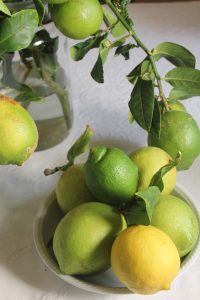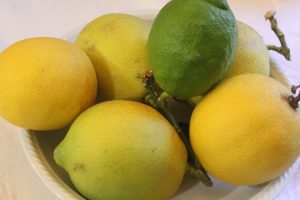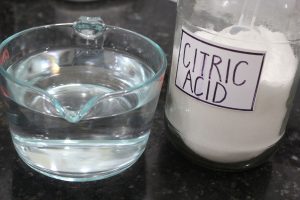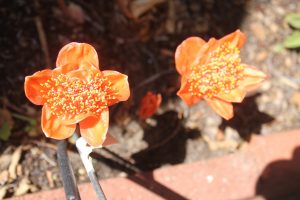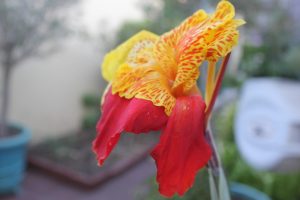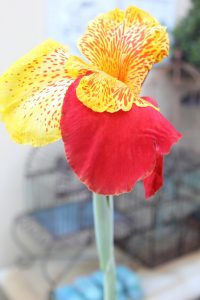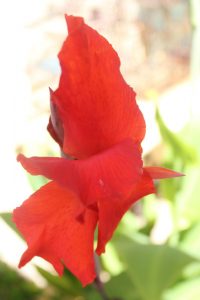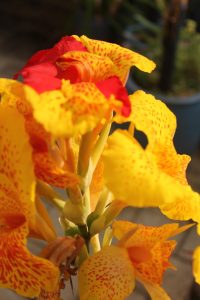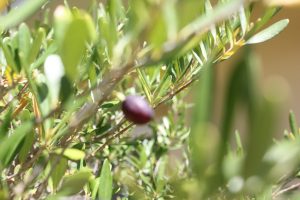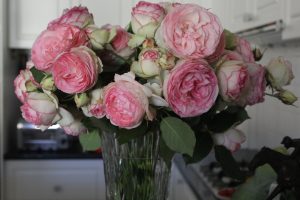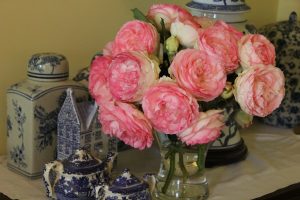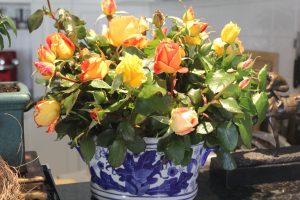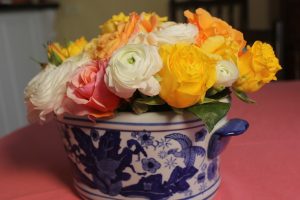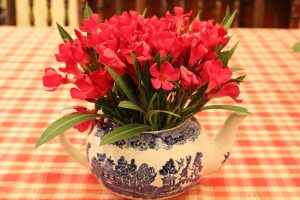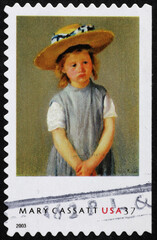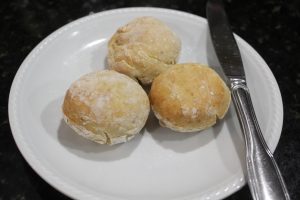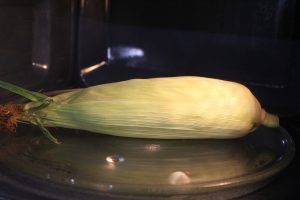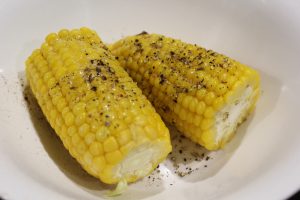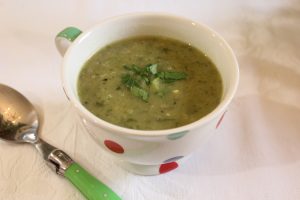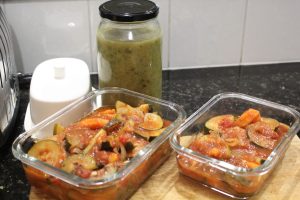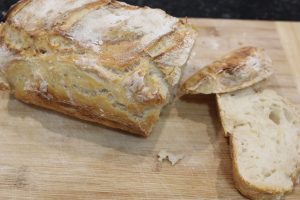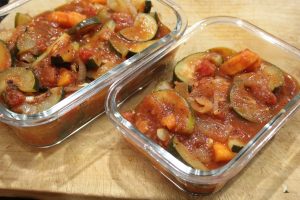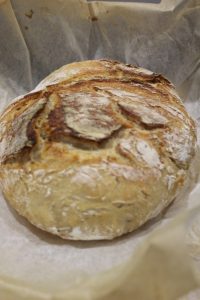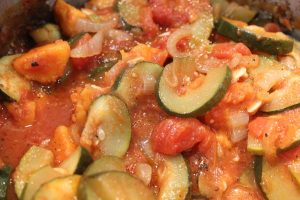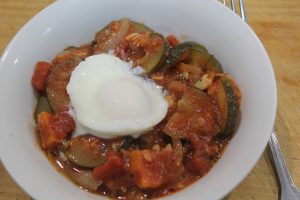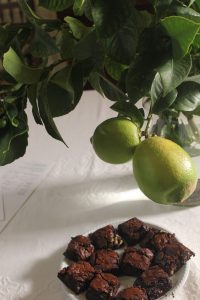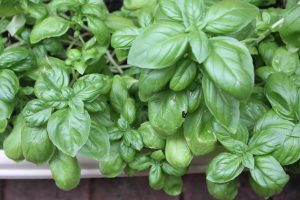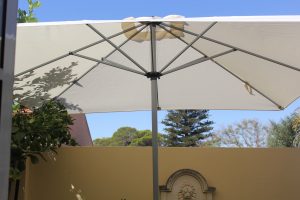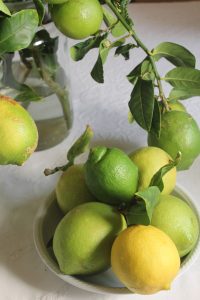I know the calendar says it is autumn, but temperatures here are still in the mid 30°Cs ( 90Fs) so we headed down south to a beach cottage at Prevelly, on the coast from Margaret River. It took just over three hours to arrive in Margaret River where we stopped for lunch, some magazines and a few groceries. Then on to the beach house.
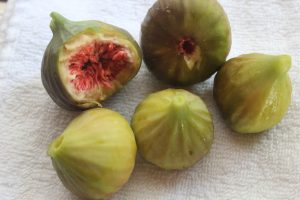

Nice surprise nearby and we were welcome to eat them!
Unpacked then set off to look at the beaches. Wonderful. Then later I walked around the local area. We’d enjoyed a generous sized lunch so settled for some soup and chocolate. Not the perfect dinner but we’re on holidays!




Next morning we went down to Gnarlabup Beach. There’s such a lovely, calm little beach there and I loved being in the water. There’s also a cafe, The White Elephant, with amazing views and good coffee. Nice way to start the day.
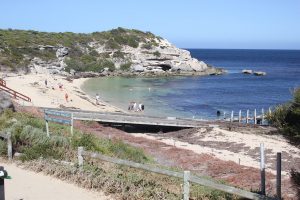

To Margaret River to pick up a few things before heading to Augusta. Despite a long, hot summer the gorgeous scenery is green and lush. Farms, vineyards and forests. Beautiful. To Augusta, on the coast. When I was about twelve, we visited Augusta as part of a holiday visiting and staying at various beaches along the coast. My Father hired a rowing boat and we set off in the estuary, exploring the beaches. I think he had planned to do some fishing, but the weather changed suddenly and it was very windy and choppy. Dad was rowing as fast as he could, but things were a bit scary for a while! We finally arrived at the shore wet and cold and not keen on doing it again.


Monument commemorating the arrival of the first English settlers to the region, on the Emily Taylor. 02/05/1830
This is the Augusta Boat Harbour, servicing the fishing, tourist and charter boat industries. The whale watching boats depart from here.


It was windy in Augusta, today, too, but as we sat at the hotel looking over the Blackwood River over to the southern ocean, eating lunch, we were amazed at how beautiful the view was in every direction. We were in a beach town, overlooking water so it only seemed right to share an entree of chili prawns on noodles, followed by an occi (octopus) Greek salad and a serve of calamari. Great food, great view and we really enjoyed it.


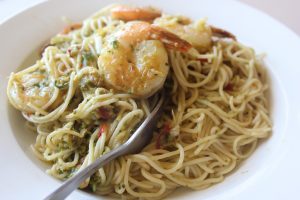

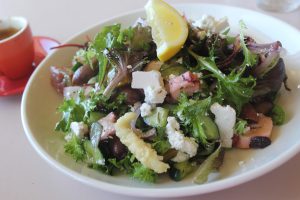

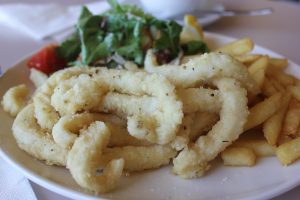

The food was very good and very generous serves.
After a drive around Augusta we set off for Hamlin Bay, one of the gorgeous beaches along the coast. There’s nothing between here and Antarctica.






Driving through the winding karri forest roads back to Prevelly was very beautiful too.
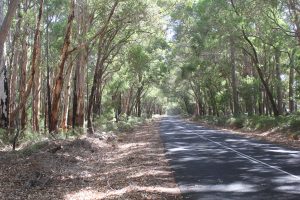

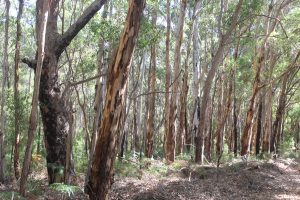

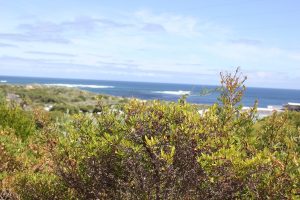

The beach at the end of our street. Pristine and cool on a hot evening.


We visited an old favourite, St John The Theologian, built by a West Australian soldier, Geoff Edwards (more information here). Edwards had been evacuated from Crete during WW2. This beautiful church is his remarkable monument honouring the Cretans and the Monks of the Holy Monastery of Preveli who saved him and so many other Allied Troops.




Glowing icons watching over the visitors. A peaceful place in a beautiful setting.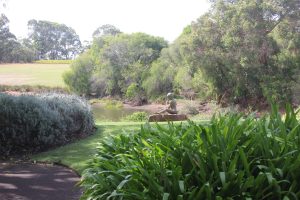

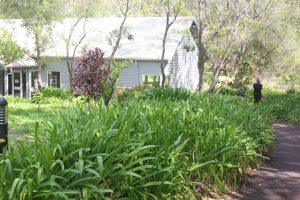

The garden at a vineyard. So many of the regions vineyards, breweries and distilleries have remarkable gardens, featuring sculptures, salvaged historical artifacts and water features.
We rented a small rammed earth cottage in Prevelly. It was close to the beach and in a quiet area. I could go to sleep listening to the waves crashing on the beach.
We went for walks, read, ate local seafood and went sight seeing. It was a lovely break.

